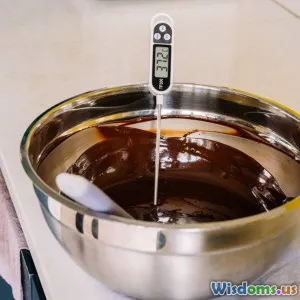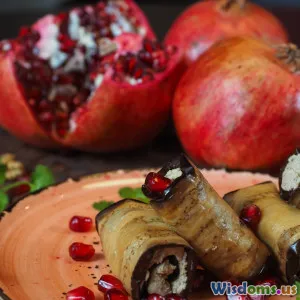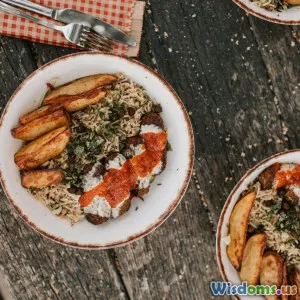
Meal Prepping for the Week With Only One Slow Cooker
33 min read A practical plan to batch-cook breakfasts, lunches, and dinners for seven days using a single slow cooker, with recipes, timing charts, grocery list, storage tips, and safety guidelines. (0 Reviews)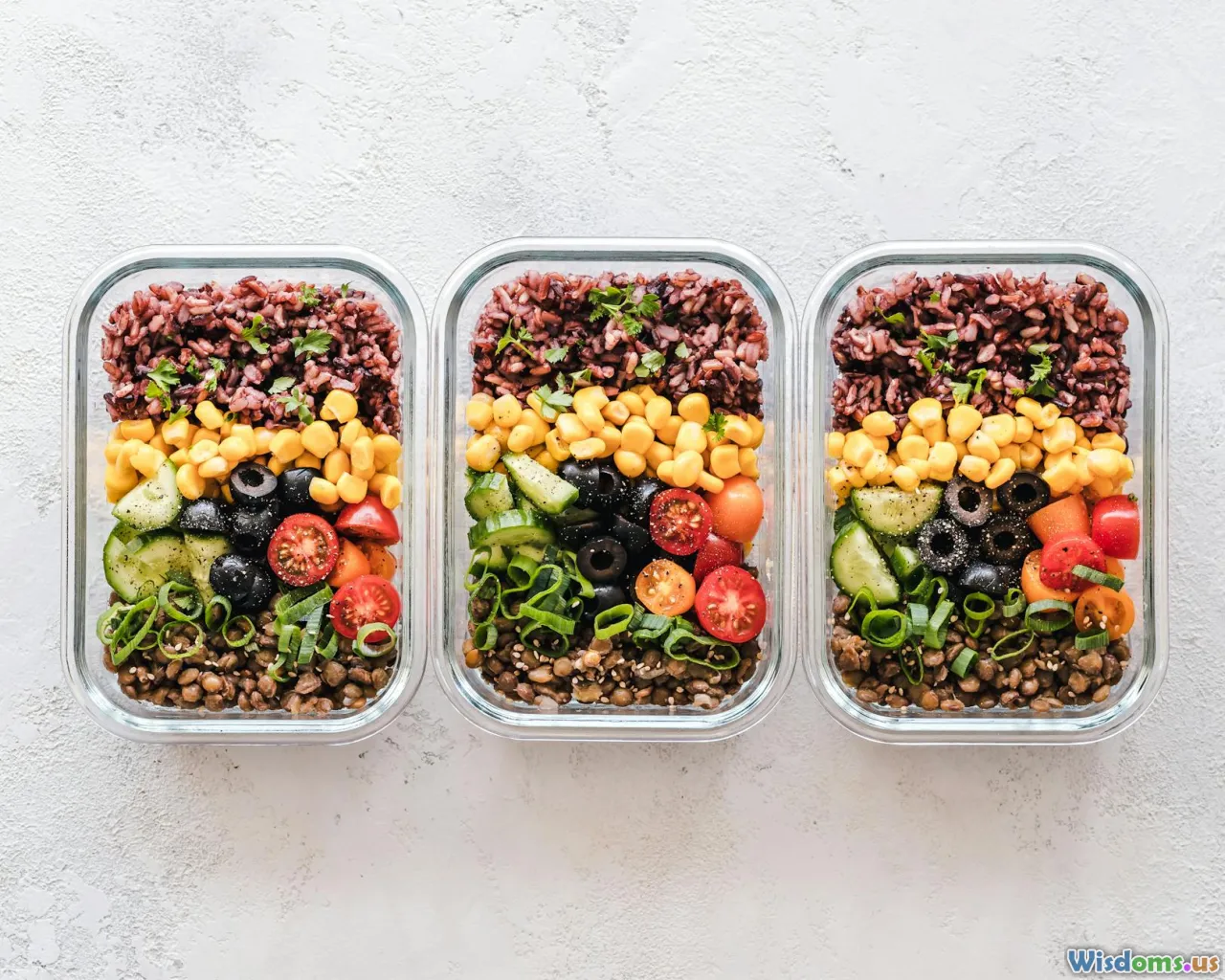
You can feed yourself (or a small household) for an entire week using just one slow cooker—and without spending your whole Sunday in the kitchen. The trick isn’t cooking more; it’s cooking smarter: building versatile bases, scheduling your batches, and assembling meals with fresh touches that keep things interesting. Below is a complete, practical system designed for real-world time constraints, budgets, and appetites.
Why One Slow Cooker Is Enough

Modern slow cookers are efficient, forgiving, and perfect for hands-off batch cooking. A typical 5–7 quart model uses less power than an oven or range and keeps a steady low temperature that’s ideal for braises, stews, legumes, and grains.
- Efficiency that adds up: A slow cooker on Low averages roughly 170–250 watts. Eight hours at 200 watts is about 1.6 kWh—often less than a dollar in electricity at typical U.S. rates. By contrast, an oven may draw 2,000–5,000 watts.
- Flavor and texture: Long, gentle heat is perfect for collagen-rich cuts (like pork shoulder) and tough legumes (like chickpeas), yielding rich broths and tender results that reheat beautifully.
- Almost no babysitting: The best part of slow cooking is that you can prep, set, and walk away. Lifting the lid can add 15–20 minutes to cook time, so the slow cooker rewards those who like to get out of the kitchen.
You don’t need multiple appliances to meal prep—just a smart rotation and a few high-yield base recipes that transform into different meals all week.
The Five-Base Framework for a Week of Meals
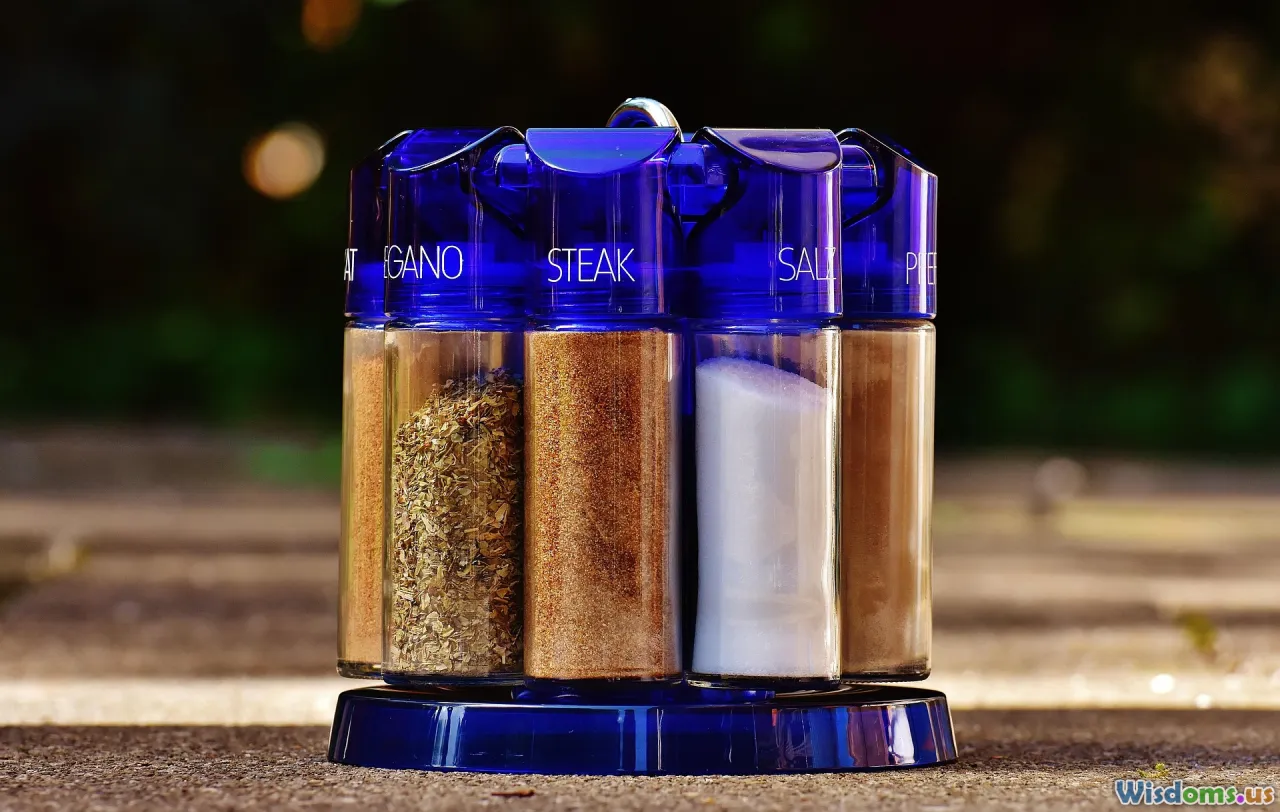
Think in bases, not finished dishes. One slow cooker run can create a flexible component that becomes tacos on Monday, pasta on Tuesday, and a grain bowl on Thursday.
Use these five bases to cover breakfasts, lunches, and dinners:
- Breakfast base: Steel-cut oats
- Yields 8–10 portions. Neutral enough to go sweet (berries, yogurt) or savory (fried egg, cheese, herbs).
- Legume base: Black beans or chickpeas
- Protein, fiber, and freezer-friendly. Mix into chili, salads, bowls, or tacos.
- Shreddable protein: Chicken thighs or pork shoulder
- Pull-apart meat you can use in sandwiches, rice bowls, soups, or pasta sauces.
- Veg-forward stew: Lentil and vegetable curry or tomato-based vegetable stew
- Stands alone as a meal, stretches with broth into soup, or becomes a sauce for baked potatoes.
- Starchy base: Brown rice or sweet potatoes
- Fills out bowls, absorbs sauces, and reheats well.
With just these five, you can rotate flavor profiles quickly. Example week:
- Monday: Pulled chicken tacos with black beans, slaw, and salsa
- Tuesday: Lentil-veg curry over brown rice
- Wednesday: BBQ pulled pork sandwiches with quick pickles
- Thursday: Chicken ragu over pasta or zucchini noodles
- Friday: Loaded sweet potatoes with black beans, cumin-lime yogurt, and cilantro
- Breakfasts all week: Oats, fruit, and nut butter (or savory oats with egg and scallions)
Safety First: Timing, Temperatures, and Storage

A safe setup keeps your meals delicious and worry-free.
- Danger zone awareness: Bacteria multiply rapidly between 40°F and 140°F (4–60°C). Keep foods above 140°F when hot, and cool efficiently when done.
- Protein doneness: Poultry to 165°F; ground meats to 160°F; whole cuts of beef/pork/lamb to at least 145°F with rest. Use an instant-read thermometer.
- Avoid frozen-to-slow-cooker: Starting with frozen meat can keep food too long in the danger zone. Thaw in the refrigerator first.
- Legume caution: Red kidney beans contain a toxin (PHA) that must be neutralized by boiling hard for 10 minutes before slow cooking. Either boil on the stovetop first or use canned.
- Cooling: Divide finished food into shallow containers (no more than 2 inches deep). Aim to get below 70°F within 2 hours and 40°F within 4 hours. Use an ice bath or place containers in the fridge with lids ajar for the first 20–30 minutes to speed cooling.
- Storage timelines: Most cooked meats and stews keep 3–4 days in the fridge and 2–3 months in the freezer. Beans: 3–5 days in the fridge and up to 3 months frozen.
- Reheating: Bring leftovers to 165°F. Stir halfway when microwaving for even heating.
One-Pot, Multi-Use Techniques
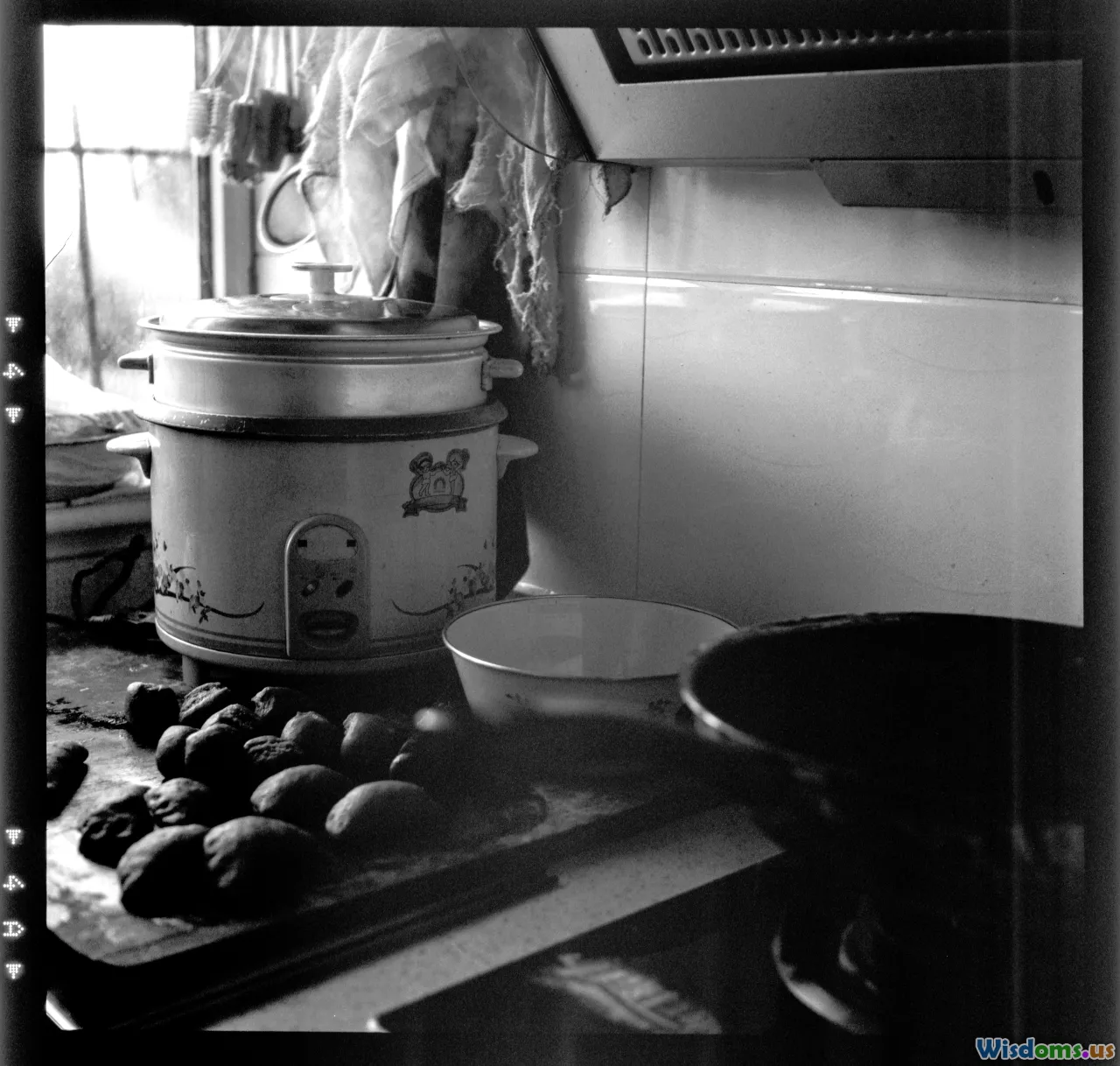
The constraint of a single slow cooker becomes an advantage when you stack these techniques:
- Base-first scheduling: Start with the item you’ll use most broadly (often beans or a shredded protein). That base then feeds into multiple dinners while the next batch cooks.
- Pot-in-pot for sauces: Place a heat-safe bowl on top of a stew to warm sauce or a concentrate at the same time. Use ceramic or tempered glass that fits with the lid sealed.
- “Set and split” aromatics: Sauté a large batch of onions, garlic, and celery on the stovetop (optional) and split them across recipes to layer flavor without extra slow-cooker time.
- Thickening strategy: Slow cookers trap moisture. To thicken sauces, remove the lid for the last 30–45 minutes on High, or finish with a cornstarch slurry (1 tablespoon cornstarch + 1 tablespoon water per cup of liquid) stirred in during the final 15 minutes.
- Brightness on demand: Keep a finishing kit: lemon/lime wedges, vinegar, chopped herbs, scallions, and a flavored oil. This rescues any dish that tastes flat after reheating.
Shopping List for a Budget-Friendly 7-Day Plan

Quantities serve about 4 people for 5 dinners plus 7–10 breakfasts and some lunches. Adjust up or down.
Proteins
- 4 lb bone-in, skinless chicken thighs (or boneless if preferred)
- 3.5–4 lb pork shoulder (Boston butt) OR an extra 2 lb chicken if you don’t eat pork
- 1 dozen eggs (for quick add-ons to bowls and oats)
Grains and legumes
- 2 lb steel-cut oats
- 2 lb brown rice OR 5–6 large sweet potatoes
- 2 lb dry black beans or chickpeas (or 6–8 cans if you prefer)
- 1 lb brown or green lentils
Produce
- 3 large onions
- 2 heads garlic
- 4 bell peppers
- 4 carrots
- 4 celery stalks
- 2 lb tomatoes (or 4 cans diced tomatoes)
- 2 sweet potatoes (if choosing rice as main starch)
- 1 small green cabbage or 1 bag coleslaw mix
- 1 bunch cilantro
- 1 bunch scallions
- 1 bag baby spinach (10 oz)
- 2 lemons + 2 limes
- Optional: jalapeños, ginger, fresh herbs
Canned/jarred/boxed
- 2–3 quarts low-sodium chicken or vegetable broth
- 2 cans tomato paste
- 1 small can chipotles in adobo
- 1 jar salsa or diced green chiles
- 1 jar BBQ sauce (or make your own)
- 1 can coconut milk (for curry)
Dairy and extras
- Plain yogurt (32 oz)
- Shredded cheese (8 oz)
- Tortillas or rolls
- Olive oil or avocado oil
Spices and condiments
- Kosher salt and black pepper
- Cumin, smoked paprika, chili powder, oregano, curry powder or garam masala, turmeric
- Soy sauce or tamari, vinegar (apple cider or red wine), honey or brown sugar
- Optional: fish sauce, sesame oil
Budget notes: Prices vary, but this list typically lands in the $75–110 range in many U.S. regions, with room for substitution (e.g., swap pork for more chicken, use canned beans, buy rice in bulk). These ingredients yield 24–30+ plated meals.
Seven Days, One Cooker: A Practical Schedule

Use this timeline as a template. Adjust for your schedule and whether you’re using beans from dry or canned.
Saturday night (optional)
- Soak beans: If using dry black beans or chickpeas, soak overnight in plenty of water with 1 teaspoon salt. For red kidney beans, plan to boil on the stovetop for 10 minutes on Sunday before slow cooking.
Sunday morning: Breakfast base
- 7:00 a.m. Steel-cut oats. Load slow cooker and set to Low for 6 hours. Portion into containers by 1:30 p.m. Chill quickly.
Sunday afternoon: Legume base
- 2:00 p.m. Beans. Drain soaked beans. Add aromatics and broth. Cook on High 3–4 hours or Low 6–7 hours until tender. Portion by 8:00 p.m.
Sunday overnight: Shreddable protein
- 9:00 p.m. Chicken thighs. Load with a tomato base or broth and spices. Set to Low for 6–8 hours. Shred in the morning.
Monday daytime: Veg-forward stew
- 8:00 a.m. Lentil-veg curry or tomato vegetable stew. Cook on Low 6–7 hours. Portion after work.
Monday overnight or Tuesday morning: Second protein or starch
- 9:00 p.m. Pork shoulder (Low 8–10 hours) OR brown rice (High 2–3 hours) OR sweet potatoes (High 4–5 hours). If you choose pork, do rice or sweet potatoes Tuesday evening.
Tip: If your weekdays are slammed, swap Monday/Tuesday runs to overnight so you wake up to a finished batch. Keep a flexible attitude: the sequence matters less than finishing all bases by Tuesday night.
Core Slow Cooker Recipes (High Yield, Low Fuss)

- Apple-Cinnamon Steel-Cut Oats
- Ingredients (makes ~8–10 servings):
- 2 cups steel-cut oats
- 6 cups water (or 4 cups water + 2 cups milk for creamier)
- 2 apples, diced (or 1 cup unsweetened applesauce)
- 1 teaspoon cinnamon, pinch salt, 1 teaspoon vanilla (optional)
- Method: Grease the crock lightly or use a parchment sling. Add everything. Cook on Low 6 hours. Stir, portion, cool quickly. For savory oats, skip vanilla/cinnamon and add 1 tablespoon soy sauce at reheat with green onions.
- Serving ideas: Peanut butter + banana; yogurt + berries + honey; savory with a fried egg, cheddar, scallions, and hot sauce.
- All-Purpose Black Beans (or Chickpeas)
- Ingredients (makes ~10–12 cups cooked):
- 2 lb dry black beans (or chickpeas), soaked overnight and drained
- 1 onion, halved; 4 cloves garlic, crushed
- 2 teaspoons cumin, 2 teaspoons smoked paprika, 2 bay leaves
- 6–7 cups low-sodium broth or water, 2 teaspoons salt (add halfway)
- Method: Add all except salt. Cook: High 3–4 hours or Low 6–7 hours until tender. Stir in salt during last hour. For kidney beans, boil on stovetop 10 minutes first, then slow cook.
- Flavoring options: Add a chipotle pepper in adobo for smoky heat; finish with lime juice and cilantro.
- Tomato-Basil Shredded Chicken
- Ingredients (makes ~10–12 servings):
- 4 lb bone-in, skinless chicken thighs (or boneless)
- 2 cans (14.5 oz each) diced tomatoes
- 1 small can tomato paste
- 1 onion, thinly sliced; 4 cloves garlic, minced
- 2 teaspoons dried oregano, 1 teaspoon dried basil, 1 teaspoon salt, black pepper
- 1 tablespoon olive oil
- Method: Layer onions and garlic, then chicken, then tomatoes and paste. Cook: Low 6–8 hours or High 3–4 hours until 165°F. Shred chicken, remove bones, return to sauce. Adjust salt and acid with a splash of red wine vinegar.
- Use it for: Pasta, zucchini noodles, polenta bowls, pizza topping, stuffed peppers, or as a soup base with extra broth.
- Smoky Pulled Pork (or BBQ Pulled Chicken)
- Ingredients (makes ~12–14 servings):
- 3.5–4 lb pork shoulder (Boston butt)
- 1 onion, sliced; 4 cloves garlic, minced
- 2 teaspoons smoked paprika, 1 teaspoon cumin, 1 teaspoon chili powder, 1 teaspoon salt, pepper
- 1/2 cup BBQ sauce + 1/2 cup water (or 1 cup broth + 1 tablespoon brown sugar + 1 tablespoon vinegar)
- Method: Rub pork with spices. Add onion and garlic to crock, then pork, then liquids. Cook: Low 8–10 hours until it shreds easily. Skim fat, shred, and toss in juices. For pulled chicken, substitute chicken thighs and reduce time to Low 5–6 hours.
- Serving ideas: Sandwiches with slaw, tacos with lime crema, or pork-and-bean bowls with charred corn.
- Weeknight Lentil-Vegetable Curry
- Ingredients (makes ~10–12 servings):
- 1 lb brown or green lentils, rinsed
- 1 onion, chopped; 2 carrots, chopped; 1 bell pepper, chopped
- 3 cloves garlic, minced; 1 tablespoon grated ginger
- 2 tablespoons curry powder or 1 tablespoon garam masala + 1 teaspoon turmeric
- 1 can (14 oz) diced tomatoes
- 1 can (13.5 oz) coconut milk
- 3–4 cups vegetable broth, 1.5 teaspoons salt to taste
- 2 cups baby spinach (add at the end)
- Method: Add everything except spinach. Cook: Low 6–7 hours or High 3–4 hours until lentils are tender. Stir in spinach to wilt. Finish with lemon juice.
- Serving ideas: Over rice, with naan, or spooned into roasted sweet potatoes.
- Slow-Cooker Brown Rice (Optional)
- Ingredients (makes ~10 cups cooked):
- 3 cups brown rice, rinsed until water runs clear
- 6 cups water or broth, 1 teaspoon salt, 1 tablespoon oil
- Method: Cook on High 2–3 hours, checking at 2 hours. Fluff and hold on Warm for up to 1 hour. If your cooker runs cool, extend 30–45 minutes. Alternatively, bake rice in the oven while the slow cooker runs another base.
- No-Fuss Sweet Potatoes (Alternative Starch)
- Method: Scrub 6–8 medium sweet potatoes, prick with a fork, layer in the slow cooker. No water needed. Cook on High 4–5 hours or Low 7–8 hours until very tender. Peel or serve in skins.
Ten Quick Meals from Your Bases
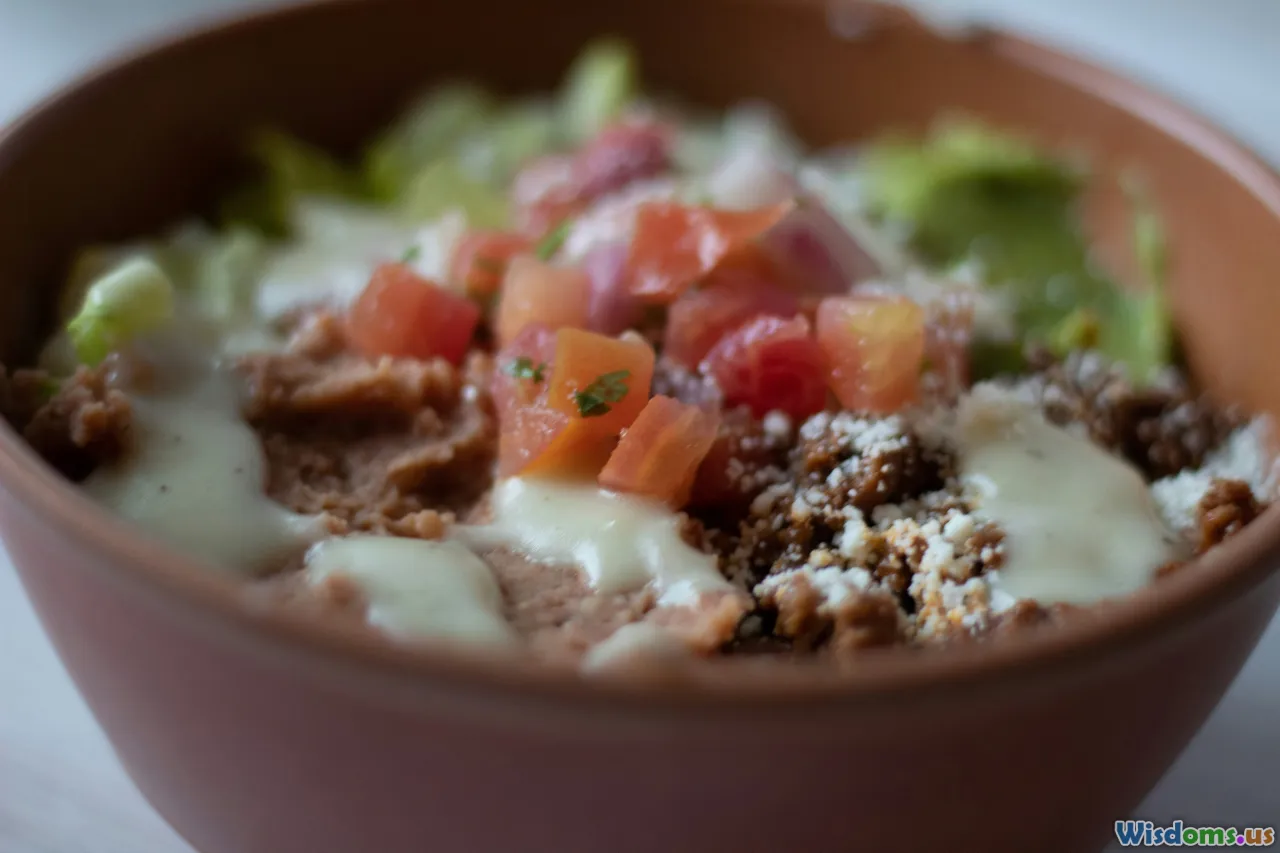
Use these combos to avoid decision fatigue. Most require less than 10 minutes of assembly.
- Chicken Ragu Pasta Night
- Warm chicken ragu. Toss with cooked pasta and a splash of pasta water. Finish with olive oil, basil, and Parmesan.
- Smoky Pork Sandwiches with Slaw
- Toast rolls, pile on pork, top with quick slaw (shredded cabbage + yogurt + lime + salt). Add pickles.
- Black Bean Tacos with Charred Corn
- Sauté corn in a pan until charred. Warm beans with cumin and lime. Fill tortillas, top with cilantro and hot sauce.
- Curry Bowls with Spinach and Rice
- Warm lentil curry over brown rice. Add a dollop of yogurt and fresh lemon.
- Loaded Sweet Potatoes
- Split roasted sweet potatoes. Add black beans, salsa, and cumin-lime yogurt (1/2 cup yogurt + lime zest + pinch salt).
- Chicken and Greens Soup
- Combine chicken ragu with extra broth, add baby spinach, simmer 5 minutes. Serve with crusty bread.
- Breakfast-for-Dinner Oats
- Savory steel-cut oats in a bowl with sautéed mushrooms, cheddar, and a runny egg.
- Pork and Bean Burrito Bowls
- Rice + pork + black beans + chopped tomatoes + avocado. Finish with lime and scallions.
- Lentil Shakshuka-Style Skillet
- Warm lentil curry in a skillet, make wells, crack in eggs, cover and cook until just set. Serve with toast.
- Polenta Pizza with Chicken Ragu
- Spread hot polenta on a sheet pan, cool, top with chicken ragu and cheese, broil to melt.
Storage, Portioning, and Reheat Guide

- Containers: Use 1–2 cup containers for individual servings and 3–4 cup for family portions. Shallow, wide containers cool faster than deep ones.
- Labeling: Include dish, date, and reheating notes. Painter’s tape + marker works great.
- Fridge vs. freezer strategy: Keep 2–3 days of meals in the fridge; freeze the rest immediately. Rotate frozen portions into midweek to prevent fatigue.
- Reheat best practices:
- Microwave: Cover loosely, stir halfway, check temp (165°F). Add a splash of water to rice or beans to prevent drying out.
- Stovetop: Warm gently with a little broth. For thick stews, add a small knob of butter or splash of milk for sheen.
- Oven: Great for casseroles or baked sweet potatoes; cover to retain moisture.
- Texture rescue: For watery stews, finish with a slurry or simmer uncovered. For dry reheated meats, toss with a spoon of reserved cooking liquid or a bit of BBQ/salsa/tomato sauce.
Flavor Variations and Dietary Swaps
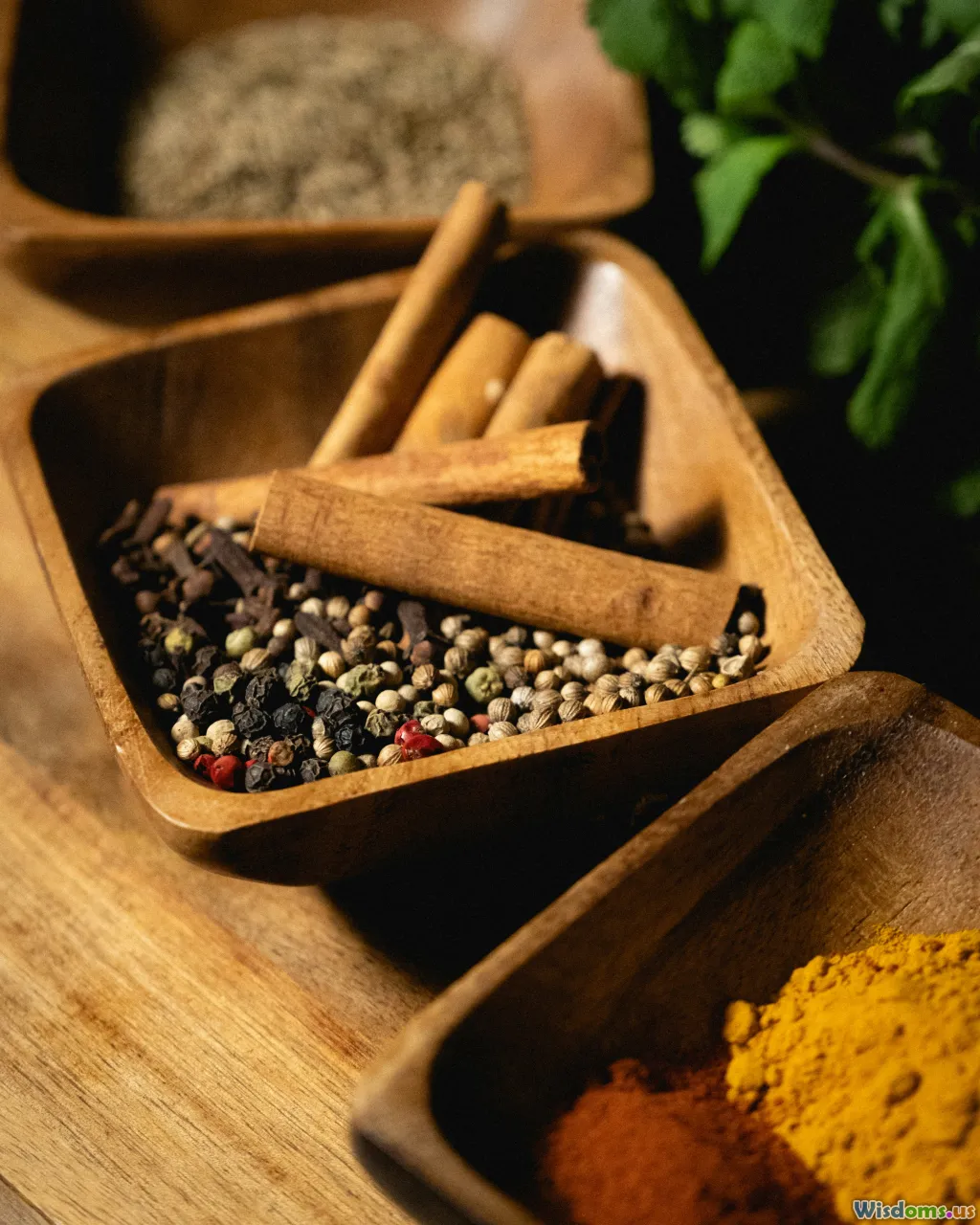
Change the mood of your bases with quick, low-effort tweaks.
- Mexican-inspired: Cumin, chili powder, oregano, chipotle, lime, cilantro. Finish with queso fresco or avocado.
- Mediterranean: Oregano, basil, garlic, lemon, olives, parsley. Finish meats with olive oil and lemon zest.
- Indian-inspired: Curry powder, garam masala, turmeric, ginger, cilantro. Temper whole spices in oil if you have time.
- Thai-leaning: Curry paste, fish sauce, lime, coconut milk, basil. Add shredded carrot and cabbage for crunch.
Dietary swaps
- Vegetarian/Vegan: Replace chicken/pork with jackfruit or extra beans. Use vegetable broth and coconut milk. Add tofu (press and cube; simmer in sauce at reheat to avoid overcooking).
- Gluten-free: Use corn tortillas, rice, or potatoes instead of bread or pasta. Many sauces and spices are naturally GF—check labels.
- Low-carb: Lean on cauliflower rice, zucchini noodles, spaghetti squash. Increase non-starchy veg in stews.
- Dairy-free: Use olive oil or coconut milk instead of butter or yogurt; finish with tahini-lemon sauce.
Troubleshooting: Common Slow Cooker Pitfalls
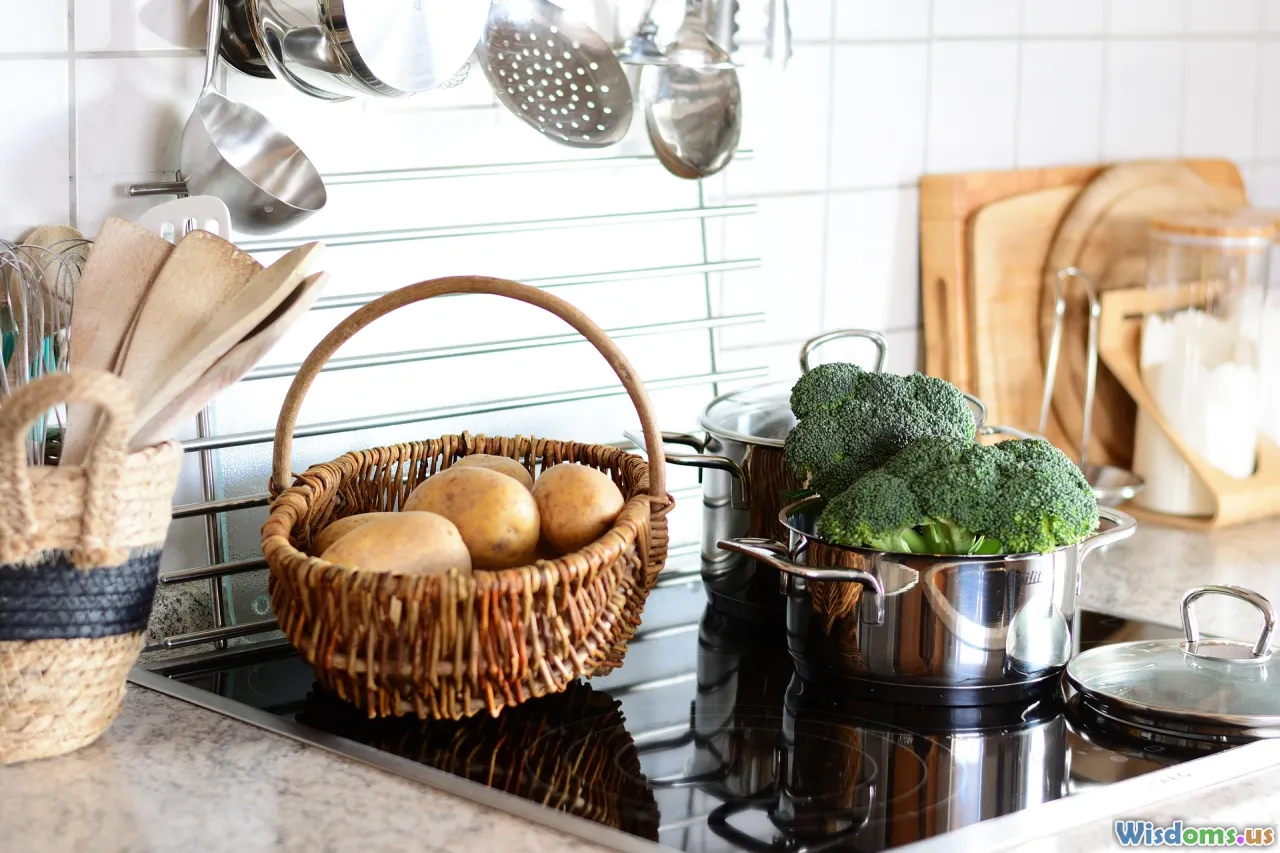
- Too watery: Remove lid and cook on High for 30–45 minutes to reduce. Or thicken with cornstarch slurry. Tomato paste is a fast thickener that adds depth.
- Bland results: You likely need acid and salt at the end. Add lemon, vinegar, or a splash of hot sauce; finish with fresh herbs and a pinch more salt.
- Mushy vegetables: Add delicate veg (spinach, peas, zucchini) in the last 15–30 minutes only.
- Undercooked beans: Hard water, old beans, or acidic ingredients can slow cooking. Cook beans in plain water/broth with aromatics first; add tomatoes and salt later. For kidney beans, remember the boil step.
- Burny edges: Not enough liquid or too small a batch. Aim to fill the crock at least one-third full and maintain liquid to partly submerge solids.
- Soggy rice: Too much liquid or overcooking. Rinse rice well, measure carefully, and check early the first time with your cooker.
- Greasy sauces: Chill and remove solidified fat. For pork shoulder, trim excess fat before cooking and skim after.
Time and Energy Savings: The Numbers

- Hands-on time: Most batches require 10–20 minutes of prep. With a smart schedule, you can prep the week in about 2.5–3.5 hours of active time across two days.
- Cooking time: The slow cooker runs 30–40 hours total over a couple of days, but it’s unattended. That’s the point: the cooker works while you sleep or work.
- Energy cost: At roughly 0.2–0.3 kW per hour, eight hours is 1.6–2.4 kWh. If electricity costs $0.15/kWh, that’s $0.24–$0.36 for a full run—usually cheaper than oven use.
- Food waste reduction: Batch cooking with a plan significantly cuts produce spoilage. Beans and grains freeze well, so extras don’t get tossed.
Food Safety and Meal Prep FAQ

- Can I put raw meat and dry beans together? Not recommended. Beans can take longer to soften, especially with acidic ingredients, and kidney beans require a hard boil before slow cooking. Cook beans separately.
- Can I leave the slow cooker unattended all day? Yes, if it’s in good condition, the cord is intact, there’s adequate liquid, and nothing is touching the hot surfaces. Keep it on a heat-safe counter with space around it.
- Frozen meat in the slow cooker: Safe? Not ideal. Thaw in the fridge to ensure food passes through the danger zone quickly.
- How do I avoid soggy vegetables? Add delicate vegetables late, cut root veg larger, and reduce liquid if you’re cooking lots of high-moisture veg.
- How long can I hold food on Warm? Most Warm settings keep food around 145–165°F, which is safe for a couple of hours. If you’ll be longer, cool and refrigerate; reheat later.
- Can I double recipes? Many slow cookers do best when at least one-third but not more than three-quarters full. Doubling may extend cooking time—check doneness with a thermometer and texture tests.
A Sample Day-by-Day Assembly Plan

Monday
- Breakfast: Oats with yogurt, berries, and honey.
- Lunch: Chicken ragu bowl with rice and sautéed spinach.
- Dinner: Black bean tacos with charred corn and lime crema.
Tuesday
- Breakfast: Savory oats with scallions, cheddar, and a soft egg.
- Lunch: Lentil curry over rice with lemon.
- Dinner: Pulled pork sandwiches with slaw and quick pickles.
Wednesday
- Breakfast: Oats, banana slices, peanut butter.
- Lunch: Chicken soup (ragu + broth + spinach) with toast.
- Dinner: Loaded sweet potatoes with black beans and salsa.
Thursday
- Breakfast: Oats with cinnamon apples and walnuts.
- Lunch: Pork-and-bean bowls with cilantro and avocado.
- Dinner: Chicken ragu over zucchini noodles with Parmesan.
Friday
- Breakfast: Oats with chia, berries, and almond butter.
- Lunch: Lentil shakshuka-style skillet (reheat curry, poach eggs).
- Dinner: Leftover night—mix and match with fresh toppings; freeze extras.
Smart Prep Habits That Make It All Work
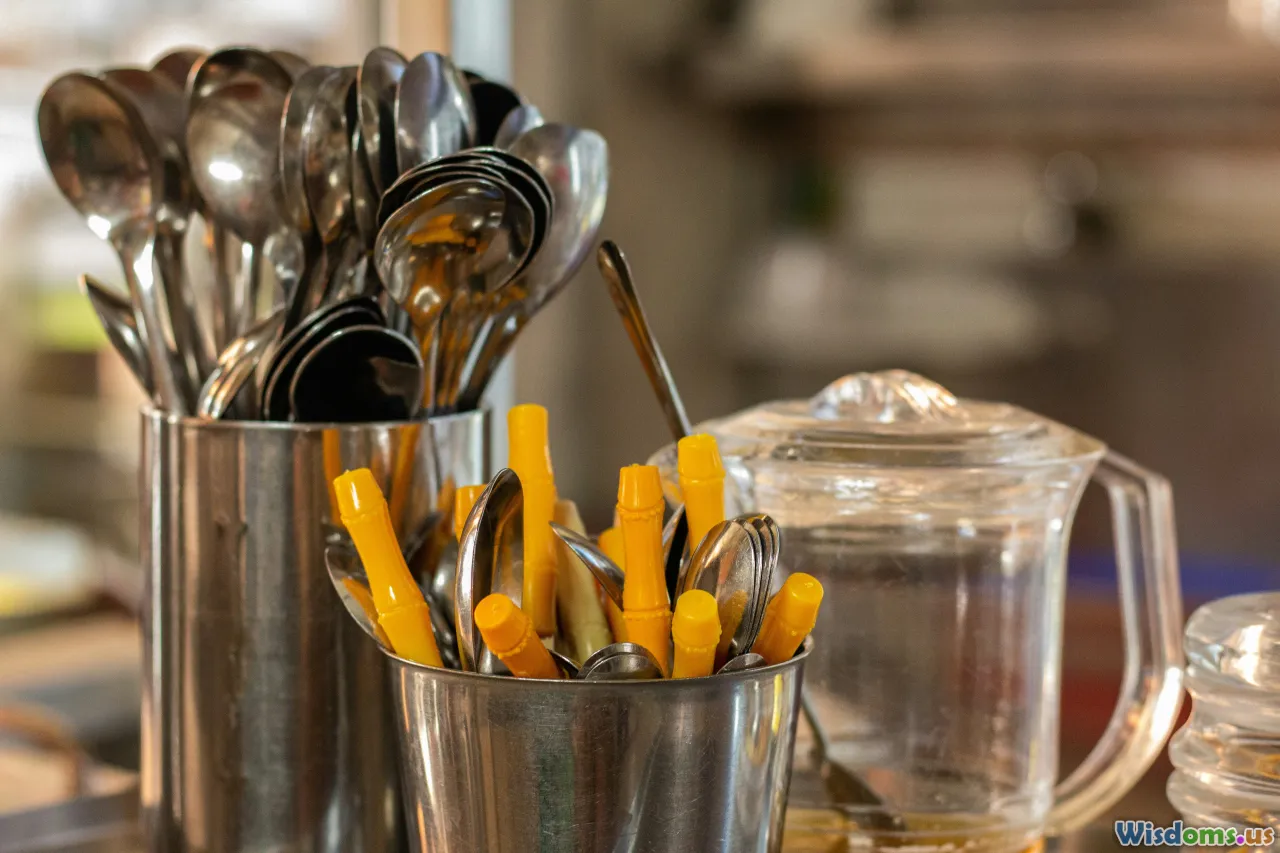
- Mise en place buckets: Keep onions, celery, and carrots pre-chopped in a container you can scoop from across recipes.
- Clean-as-you-go: While a batch runs, wash and reorganize; start labeling containers in advance.
- Flavor concentrates: Stir together a quick “house sauce” (e.g., 1/4 cup olive oil + 2 tablespoons vinegar + 1 teaspoon Dijon + pinch salt) to dress bowls on the fly.
- Herb freezer: Chop parsley/cilantro, mix with oil, freeze in ice cube trays—drop a cube into reheated dishes for instant freshness.
- Portion before chilling: Faster cooling and easier grab-and-go makes weekdays smoother.
Sustainability and Budget Wins

- Cook once, eat thrice: Base recipes reduce single-use energy spikes and grocery trips.
- Use the whole ingredient: Save bones and vegetable scraps to make stock in the slow cooker next week.
- Leftover strategy: Dedicate Friday to “zero-waste bowls”—combine remaining veg, beans, and grains with a bright sauce and crunchy topping (nuts, seeds, toasted breadcrumbs).
- Affordable proteins: Chicken thighs and pork shoulder are cost-effective and flavorful; beans and lentils stretch meat while adding fiber and nutrients.
A Sunday That Sets You Up All Week

One slow cooker, five bases, countless meals. That’s the real magic of this method: you invest a few relaxed hours up front and then glide through the week with minimal decisions and maximum flavor. Keep your finishing kit handy—citrus, herbs, crunchy slaw—and your leftovers will feel fresh, not repetitive. Customize the schedule to your reality, swap proteins and spices to match your mood, and enjoy the compounding benefits of a plan that respects your time, budget, and appetite.
When your meals are prepped and your week is set, dinner stops being a daily hurdle and becomes a dependable pleasure—warm, aromatic, and ready when you are.
Rate the Post
User Reviews
Other posts in Slow Cooking & Pressure Cooking
Popular Posts










